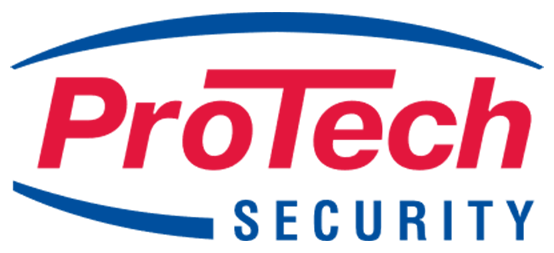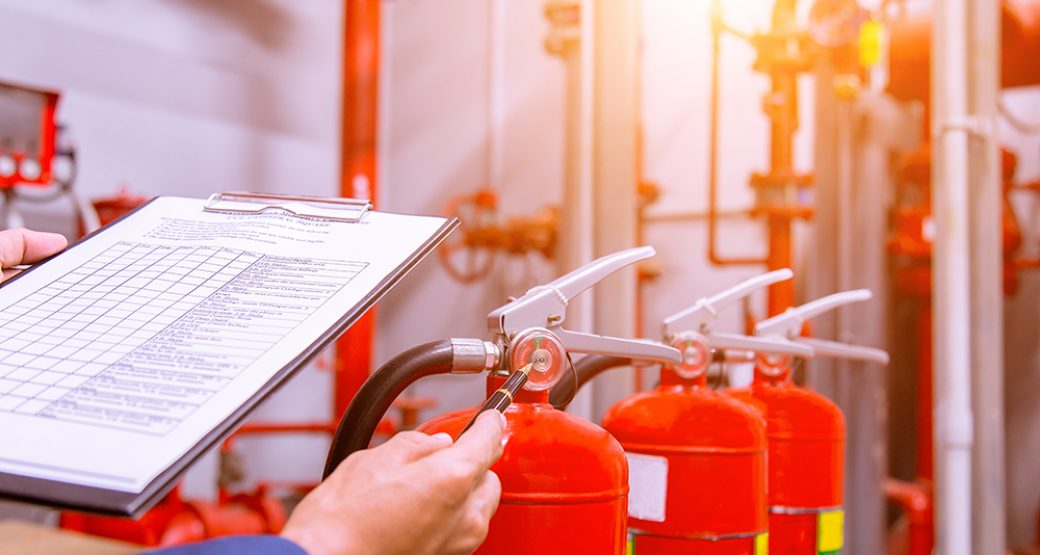The fire department conducts an annual fire inspection to identify and mitigate potential fire hazards. However, how the inspection is done, when it is done, and what all it includes, can vary from one state/city to another.
Most fire departments provide you with a detailed annual fire inspection report comprising particulars of necessary corrections.
Annual fire inspections should be taken seriously. According to the National Fire Protection Association, firefighters in the US respond to a fire every 24 seconds. Therefore, you must have adequate knowledge of codes, ordinances, and standards in the jurisdiction, and how they can impact your inspection.
The codes are typically communicated by consensus groups comprising fire experts, code officials, system installers, manufacturers, and so on. Not only this but they are also a significant part of creating a safe area to live or work. There are several benefits of completing these inspections, such as:
- A safer environment for residents and employees
- The better resale value of a residential or commercial building
- Lower insurance premiums for those who install fire protection systems and keep their buildings safe
It’s important to prepare for these inspections and work with the inspection companies to fix critical issues. You never know when the fire inspectors may come knocking at your door.
Preparing for an Annual Fire Inspection
Preparing for an annual fire inspection is as critical as passing the inspection. You need to make a great first impression and establish a good relationship with the fire inspector to ensure a smooth inspection. Fire inspections can benefit from knowing your building floor plans. Apart from this, you can leverage the following annual fire inspection tips to ensure you are ready for the inspection even if the fire inspector and fire marshal arrive without any prior intimation.
- Educate yourself on fire codes, ordinances, and standards that apply in your area
- Stay up-to-date on the latest on the international fire codes set by the International Code Council
- Meet with the fire inspector before kickstarting the inspection and ask what all they will be covering
- Provide the fire inspector with all the documents related to your previous fire inspections, equipment inspection, testing, and maintenance (ITM) certifications, and so on
- Inform the fire inspector about issues identified during previous inspections and their current status
- Show the fire inspector and marshal the following locations in and around your building: Assembly points, emergency exits, exterior doors and windows, fire alarm stations, locations of fire extinguishers
- Store all the keys of the building in one place for the convenience of the fire inspectors
- Ensure fire alarms and fire hydrants are not blocked by objects or landscaping
- Ensure your emergency lights and exit signs are functioning properly
If you follow the above-mentioned tips carefully, the annual fire inspection will never go wrong
Fire Inspection Areas: Where the Fire Marshal Will Be Looking
While we’ve already provided you with an idea of things you should look at before an annual fire inspection, here’s a list of fire inspection areas that the fire inspectors and marshals can check:
Suppression Systems
In the event of a fire, suppression systems can come in handy to stop the fire or slow down its pace before the firefighters arrive. The fire inspectors and marshals will check:
- If the fire extinguishers are evenly distributed throughout the building and are operating properly
- If the extinguishers are the correct type
- If the extinguishers were serviced in the last 12 months and have service tags
- If the extinguishers are mounted properly on the wall
- Hood systems and sprinklers
Fire Exits
The fire exits are one of the most important fire inspection areas in the building. Therefore, the fire inspectors and marshals will check:
- If they are clear and comprise a well-lit sign above them
- If the emergency exit lights have backup batteries
Fire Sprinklers
The fire inspectors and marshals will carefully inspect the fire sprinklers in your building. They will see if:
- There is enough clearance around each sprinkler to disperse water without any obstruction (there must be at least 18 inches of clearance around each sprinkler deflector)
- The fire sprinklers were serviced in the last 12 years and have service tags
Fire Sprinkler System Water Supply
The fire marshal will inspect the key components of the sprinkler system water supply to check if they are working properly. They will examine the:
- Hose connections
- Fire department connections
- Valves
- Corrosion or obstruction by paint or foreign objects
- Physical damage
- Signs of leakage
Fire Alarm Panels
Since the fire alarm panels are responsible for controlling the fire alarms, the fire inspector and marshals pay special attention while checking them. They inspect if the fire alarm panels:
- Were previously checked by experts
- Have updated inspection tags
- Have no warning lights
Flammables
The fire inspectors and fire marshals will also check if flammables in your building are stored properly, kept in cabinets, and clearly labeled as “Hazardous.”
Electricals
The fire marshals will look for:
- Wires that are exposed
- Wires that are not insulated
They will also check if all electrical fuses are carefully placed in their fuse boxes with clear labels. Overcrowding electrical sockets is a fire code violation. Also, residents/businesses are not allowed to install extension cords as permanent wiring.
Maximum Occupancy Limits
The fire inspection and fire marshal will also examine the maximum number of people occupying a facility. In the event of a fire, the firefighters can evacuate a specific number of people within a stipulated time frame. Different types of structures have different maximum occupancy limits. Exceeding these limits can pose serious threats to life in case of a fire accident.
Ohio Fire Codes
The Ohio Fire Codes highlight state fire marshal rules for the administration and enforcement of powers granted to the fire code officials and fire marshal in the case of:
- Fire hazards and explosions caused due to the storage, handling, or use of structures, materials, or devices
- Conditions that pose risk to life, property, or public welfare in the occupancy of premises or structures
- Fire hazards on-premises or in the structure from occupancy or operation
- Matters related to the construction, alteration, repair, or removal of fire protection systems
- Conditions impacting the safety of firefighters and emergency responders in emergency operations
The provisions of the Ohio Fire Codes are meant to safeguard the life and property from explosions and fire and apply to a wide range of fire safety aspects in buildings, premises, structures, vehicles, and other locations within the territorial jurisdiction of Ohio. Not only this but the scope of the Ohio Fire Codes also covers associations, individuals, business trusts, corporations, trusts, estates, partnerships, public entities, and private entities.
The Ohio Fire Codes do not apply to:
- Property owned by the US government per Chapter 159 of the Revised Code
- Structures owned and operated by the US government; designed and maintained per the fire safety standards
- Structures used by the US government for military purposes
- Structures used by the State of Ohio for military purposes
- Organizations or structures of a municipal or township-based fire department
- Building requirements covered by the Ohio Building Code
- Agricultural labor camps
- Industrial units constructed and regulated by the Ohio Building Code
NFPA Codes and Standards
The National Fire Protection Association (NFPA) has published over 300 consensus codes and standards to minimize the possibility of the occurrence of fire-related accidents. The codes and standards are administered by over 250 Technical Committees with over 8000 volunteers, and globally accepted and used. Most Americans are aware that NFPA codes exist but they don’t know what they mean and where they come from.
The most important NFPA code is NFPA 1, the Fire Code. It provides a 360-degree, integrated approach to fire control and hazard management for firefighters and first responders. Other important fire safety codes include NFPA 10 (Standard for Portable Fire Extinguishers), NFPA 11 (Standard for Low-, Medium-, and High-Expansion Foam), NFPA 12 (Standard on Carbon Dioxide Extinguishing Systems), NFPA 12A (Standard on Halon 1301 Fire Extinguishing Systems), NFPA 13 (Standard for the Installation of Sprinklers), NFPA 14 (Standard for the Installation of Standpipe and Hose Systems), NFPA 17 (Standard for Dry Chemical Extinguishing Systems), NFPA 17A (Standard for Wet Chemical Extinguishing Systems), NFPA 70 (National Electric Code), NFPA 72 (National Fire Alarm and Signaling Code), NFPA 101 (Life Safety Code), NFPA 720 (Standard for the Installation of Carbon Monoxide (CO) Detection and Warning Equipment), and NFPA 2001 (Standard on Clean Agent Fire Extinguishing Systems).
At ProTech Security, we have a strong history of experience, innovation, and customer service. The ProTech Security Advantage is more than 35 years of service in Northeast Ohio and a strong commitment to providing quality, cost-effective protection for homes, businesses, educational institutions, and government facilities. To see what ProTech Security can do for you, contact us today.



